The German Society for Fat Science recently held the “4th International Congress on Mineral Oil Contaminants in Food – Toxicology – Risk Assessment – Analytics – Mitigation” in Berlin together with Institut Kirchhoff Berlin GmbH, part of Mérieux NutriSciences. About 220 interested people from more than 20 countries were on site and used the opportunity for exchange.
By Dr. Jörg Häseler
Dr Erik Becker (Institut Kirchhoff Berlin GmbH, Berlin) and Dr Bertrand Matthäus (Max-Rubner-Institut, Detmold) moderated the high-caliber event, which addressed numerous topics and questions from the food industry. The discussion dealt with the current status of the toxicological evaluation of mineral oil constituents, how the European Food Safety Agency evaluates mineral oil constituents and whether a legal regulation is to be expected. Furthermore, it was shown what progress has been made in improving analytical methods, which further reduction strategies can be expected, and how the industry is implementing measures that have been adopted.
Early recognition of the problem is a particularly important starting point, so that the problem does not only become apparent in the end product. This would help many participants in the production chain: the small suppliers, whose existence is secured, the intermediaries, who can serve their markets, and ultimately the marketers through qualitatively optimized goods that do not have to be recalled.
Contamination of food and products such as cosmetics and packaging materials with mineral oil components has been known since the early 1990s. Since then, the development of analytical techniques has significantly improved the data available to quantify and identify the sources of these undesirable substances.
Based on these data, toxicological evaluations have been carried out, appropriate minimization measures have been introduced, and guidance values have been jointly established by authorities and food associations. All these measures led to a significant reduction of mineral oil constituents in all subsectors. Nevertheless, the problem has not been completely solved, as several speakers complained that toxicological data are still lacking.
Mineral oil components in food continue to be a major challenge for manufacturers. Toxicology and risk assessment are still under discussion, a European legal regulation is consequently still open, even if there are some activities on the part of the EU. Nowadays, a highly technical method – specifically the LC-GC-FID method (liquid chromatography followed by gas chromatography using a flame ionization detector) – is the one of choice for the determination of MOSH and MOAH. Thus, a method standardized by the German Society for Fat Science is available. However, this is demanding and not readily applicable to a wide range of matrices. Yet, only on the basis of validated analytics can evidence-based toxicological and food law statements be made and subsequent political decisions be
taken.
To identify sources of mineral oil constituents entering food, so-called GCxGC-MS (two-dimensional gas chromatography coupled with mass spectrometry) analysis is increasingly being used. However, there are different approaches, and the method is not validated, making it difficult to compare results.
For food manufacturers, progress in identifying pathways of entry and developing mitigation strategies are important to ensure high quality and safety of food. Much has been put into practice in this area in recent years, but there are still unanswered questions.
Dr Sieglinde Stähle (Food Federation Germany, Berlin) looked back and concretized the approaches to reduction. The goals of the now established toolbox such as product-neutral information, summary of the current state of knowledge and systematic consideration of the entries were the most important starting points. Never thought of were the solutions to ensure that the minimization strategy leads to the achievement of “zero MOSH” and that a legal obligation for users follows from this.
The food technologist formulated some prospects for the successful mitigation strategy. For example, she said, toolboxes for companies are already useful and need to continue to be updated. She emphasized: “What we need is acceptance in policy and public discussion for mitigation successes, a science-based process on the part of EFSA, as well as voluntary approaches in advance of regulatory action.”
Foodwatch representative Suzy Sumner called for zero tolerance for MOAH, demonstrating that after publishing their own test results, many manufacturers have achieved this goal. For MOSH, a minimization strategy should be pursued.
It is positive that the analytics for this area are available, and that the contents can be determined. Yet, this is of little help in reducing these contents, because consumers are asking for safe products. Thus, solution-oriented approaches to the practice of food manufacturers are needed.
The congress provided an opportunity to discuss the latest findings on toxicology, risk assessment, analytics and mitigation strategies with experts and to get up to date on this important contamination. The information presented will help government agencies, official and private laboratories, consumer protection and industry, quality control, analysts, evaluators and marketers make decisions about mineral oil components.





